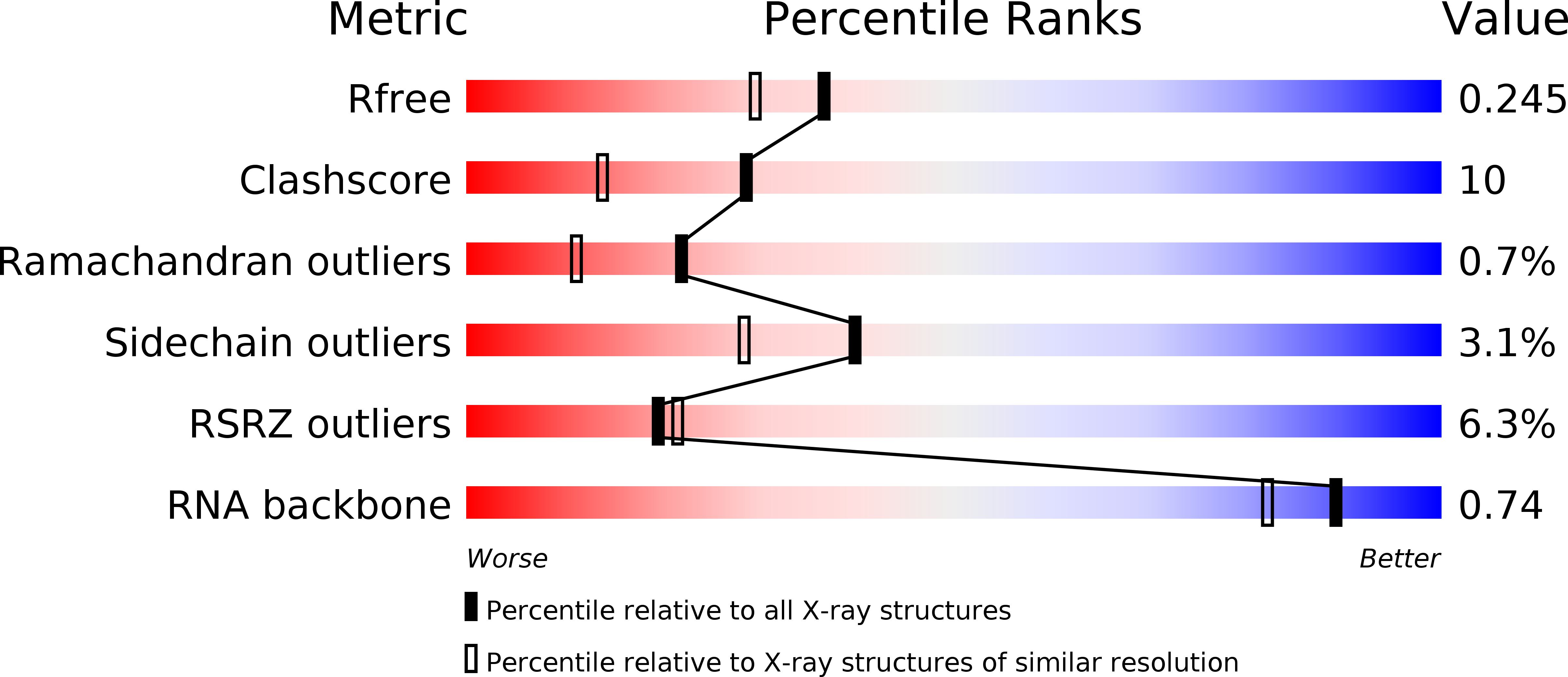
Deposition Date
2001-06-06
Release Date
2001-10-26
Last Version Date
2024-11-06
Entry Detail
PDB ID:
1JBS
Keywords:
Title:
Crystal structure of ribotoxin restrictocin and a 29-mer SRD RNA analog
Biological Source:
Source Organism:
Aspergillus restrictus (Taxon ID: 5064)
Method Details:
Experimental Method:
Resolution:
1.97 Å
R-Value Free:
0.25
R-Value Work:
0.21
R-Value Observed:
0.21
Space Group:
P 1 21 1


